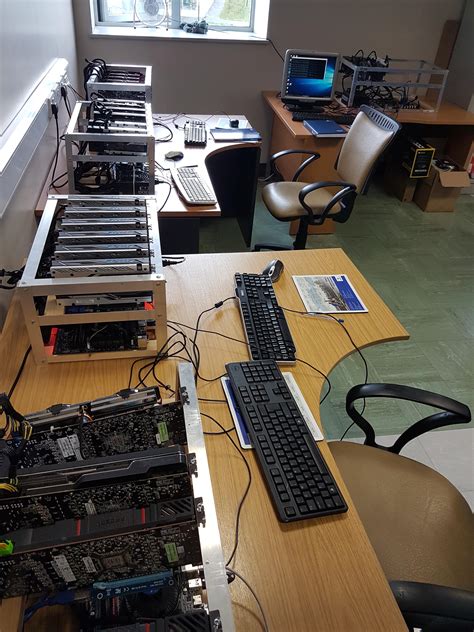Ethereum Locktimes: Pressure Perspective
As Ethereum developers, you are probably not a foreign concept of locking. These mechanisms are designed to prevent return attacks, where an intelligent contract simultaneously performs two transactions without allowing them. In this article, we are immersed in a locking system Ethereum and reveal its understanding.
What is the lock time?
Locking refers to a period in which the transaction may be made by a sender before blockchain processing. In the window, another transaction should not change or approve of a transaction in any way. This ensures that the sender has exclusive control over funds while the transaction has been committed.
Ethereum mechanism to lock
Ethereum uses a combination of two mechanisms to make a lock: the time seal lock and lock the serial number. It works like this:
- Time holder locks
: The sender selects the blockade number from where you can start a transaction. This block was known as “start time” or “initial time seal”. During this period, no other transaction can happen on the same block.
- Locking the order number : After installing the initial time seal, a serial number (unique identifier) is generated for each transaction. Until the sender committed his commitment to the transaction, their serial number remains “closed” and cannot be updated.
Understanding Serial numbers
Serial numbers are crucial while locking Ethereum. Here are some key points:
* Unique : Each serial number is unique and cannot be reused.
* ORDER -VISIAN

: An order in which transactions are carried out does not affect the validity of their serial number. This means that a higher serial transaction can still be made before it has a lower serial number.
* Close : When the sender undertakes to execute a transaction, their serial number is released from time to lock.
Example Code
To illustrate this concept, consider an example of where the sender Ether (ETH) wants to send it from one title to another. Here’s what’s going on:
1.
- Make a serial number called “0x12345678”.
3
Your Understanding
Now that we have covered the basics of the Ethereum locking system, how is your understanding adjusting? Do you have any questions or areas where you want to explore further?
Feel free to ask and do your best to clarify doubts or give further insights.
